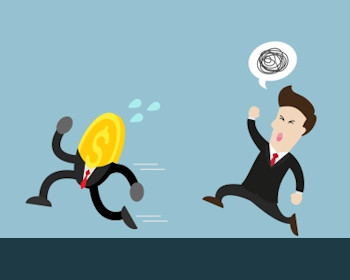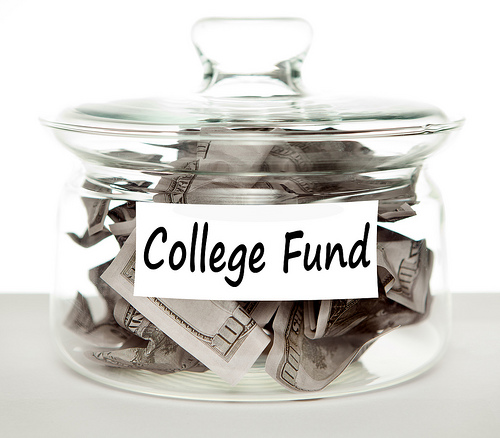It seems like a national epidemic… One of the biggest challenges that people face today is dealing with their personal debt. According to NerdWallet the average American family has $16,748 worth of credit card debt, $176,222 worth of mortgage debt, plus an auto loan debt of $28,948. All of this is on top of $49,905 worth of student loans (almost $25,000 per adult)!
According to Federal Reserve data in 2014 the Median household income was $53,718 and it rose to $56,516 in 2015. Unfortunately, that is the most recent data we have, but even if median household income rose to $60,000 in 2016 that is a lot of debt to be carrying on that amount of income.
Baby Steps to Drastically Increasing Your Retirement Savings
The average consumer spends about 5.6% of his disposable income on Consumer Debt alone. And 4.4% of his disposable income on mortgage debt thus at least 11% of his disposable income is spent generating income for big banks! How’d you like to be able to put 10% of your disposable income into your retirement account? If so all you have to do is stop giving all this money away to bankers! Here are a few baby steps to take right away:
1) Be Honest About Your Debt

So if you are “average” your “Liabilities” statement might look like this:
| Debt | Amount | Interest Rate | Interest Cost per Year |
| Credit Card #1 | $7,712 | 12% | $925.44 |
| Credit Card #2 | $5, 242 | 16.9% | $497.99 |
| Credit Card #3 | $3,794 | 9.5% | $641.19 |
| Mortgage #1 | $150,742 | 5% | $7,537.10 |
| 2nd Mortgage | $25,480 | 9.8% | $2,497.04 |
| Car Loan #1 | $21,425 | 4% | $857.00 |
| Car Loan #2 | $7,523 | 2.49% | $187.32 |
| Student Loans | $49,905 | 3.76% | $1,876.43 |
| Total | $271,823 | $15,126.66 |
As you can see this “Average Household” is making the banks over $15,000 per year richer instead of making themselves richer. This is debt slavery over 1/4 of their disposable income is going toward interest payments! Once you see this for you own numbers it should make you MAD! Once you get mad enough you should get motivated to do something about it!
2) Get Organized
Once you are mad enough you need to get organized. One option would be to create a spreadsheet that includes the creditor name, balance due, monthly payment, interest rate, and any other relevant information. Then develop a plan to eliminate these debts.
3) Set Up a Plan to Get Out
Once you have set up a system for organizing your debt, the next step would be to establish a plan to help you get out. There are a variety of systems to eliminate debt. Some advisers like Suzie Ormond recommend paying off higher interest debts first, others like Dave Ramsey recommend eliminating the smallest debt first in an effort to create momentum. Paying off the highest interest rate debt first would be credit card #2 saving you $885.90 per year which you could put toward reducing the other debts. Paying off credit card #3 would only save you $360.43 per year but you could do it quicker and thus start the snowball rolling sooner.
4) Seek Professional Advice
Once you’re committed to becoming debt free you should read a couple of books on developing your debt free plan. A couple of good ones are:
- JoAnneh Nagler‘s – The Debt-Free Spending Plan: An Amazingly Simple Way to Take Control of Your Finances Once and for All
- Dave Ramsey’s – The Total Money Makeover: Classic Edition: A Proven Plan for Financial Fitness
Another Financial Expert you should add to your team is a good tax preparer, who should be able to save you more in taxes than he costs you in preparation fees. This is probably an accountant and not just H&R Block.
Once you’ve stopped making banks rich and started accumulated a bit of a nest egg for yourself, you should find a good personal finance expert, such as the ones at UBS – The Burish Group, who can provide you with a number of different services like wealth management, retirement planning, credit and liquidity planning, and estate planning.
Being in debt can be scary, but luckily you aren’t alone. There are tons of resources and people out there that can help you. All you have to do is seek out the help. By following these tips and finding the right help you will be able to manage your debt in no time.
Image courtesy of paggiest0049 at FreeDigitalPhotos.net


